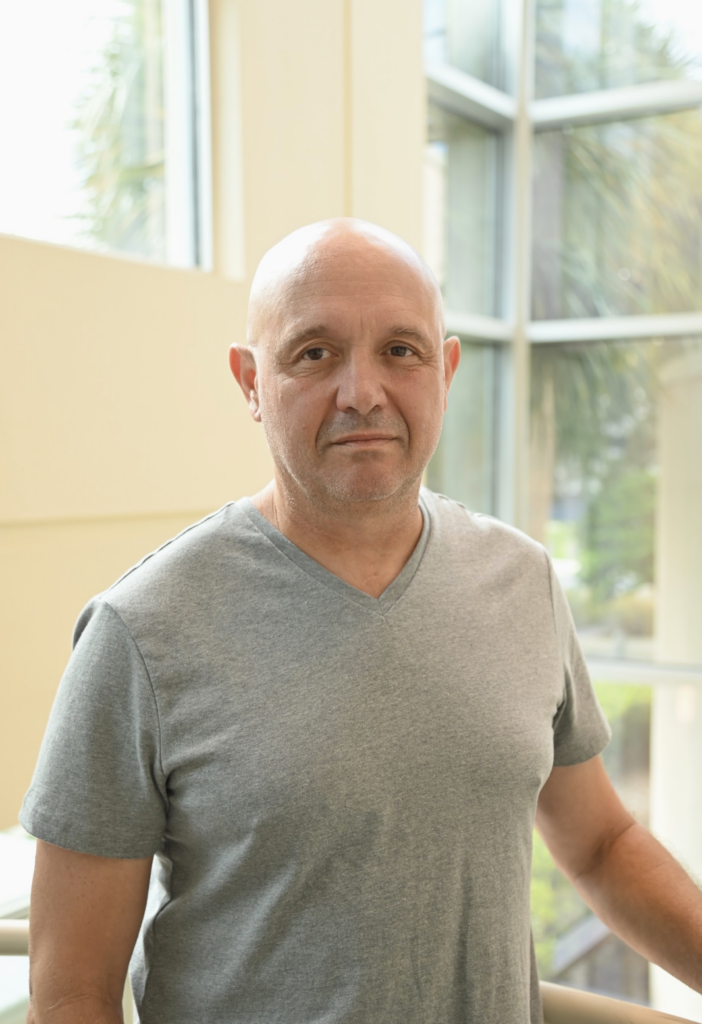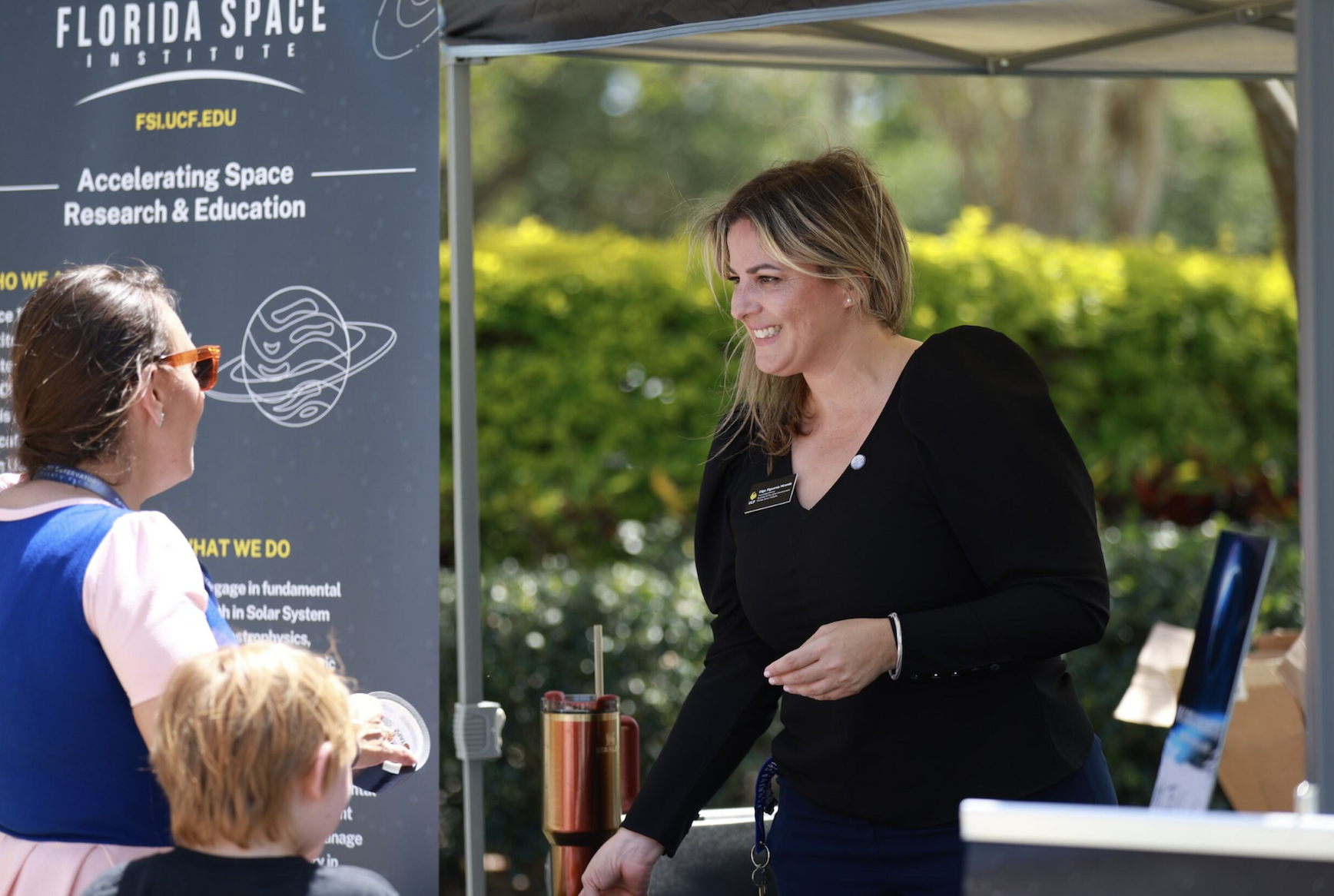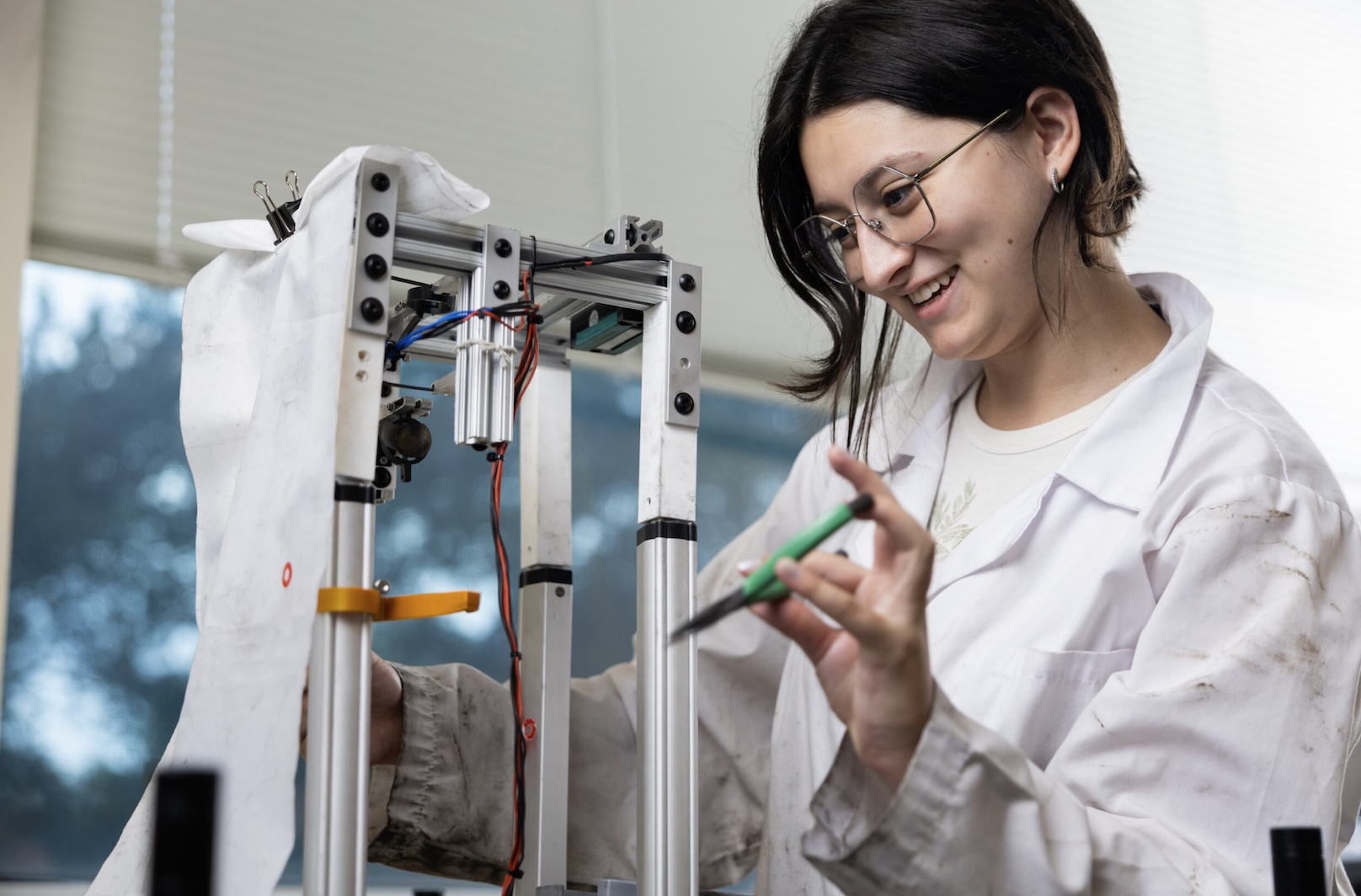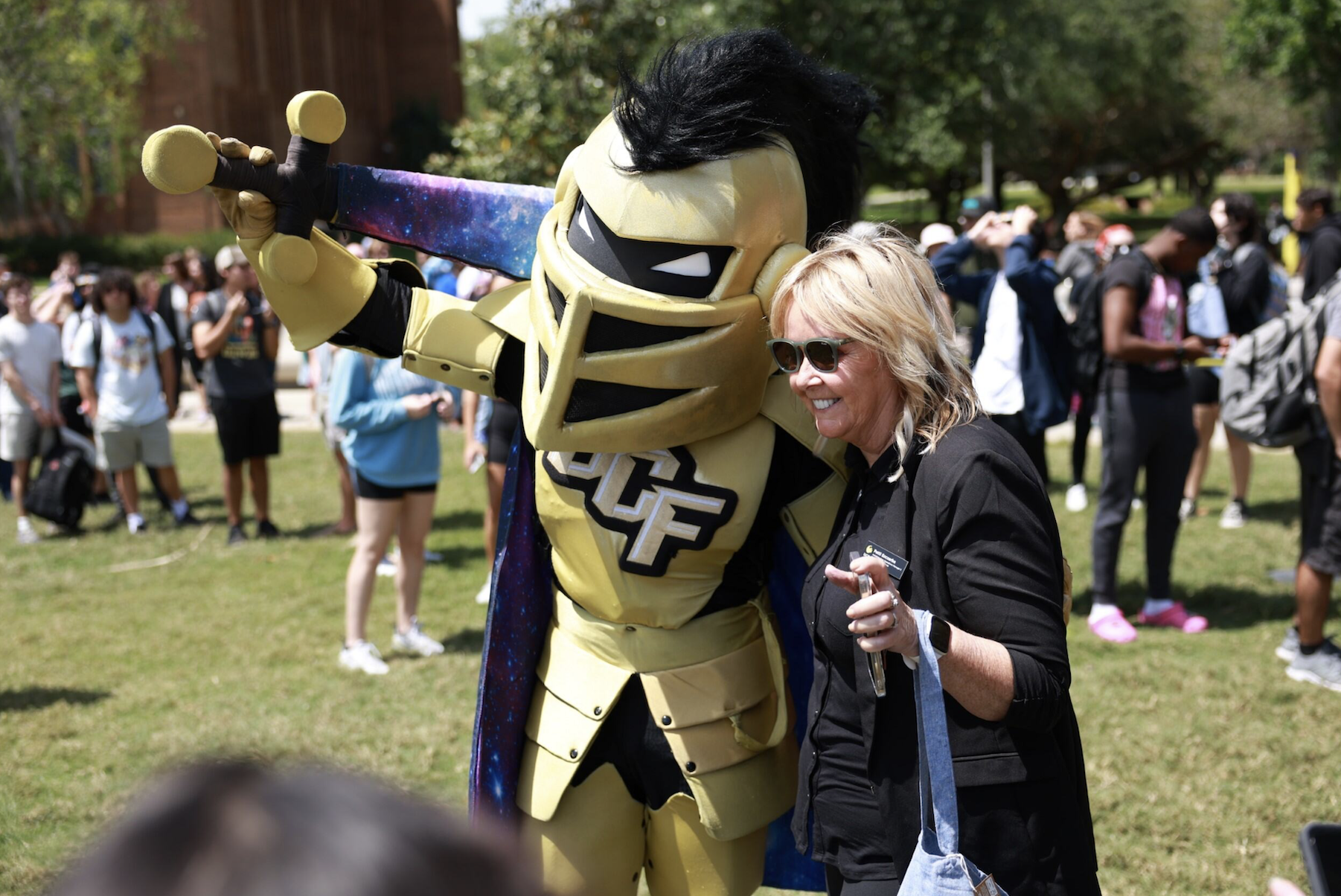MEET THE TEAM: CHRISTIANO GARNET MARQUES BRUM, PH.D.

RESEARCH PROFESSOR
AREA OF RESEARCH:
SPACE AND ATMOSPHERIC SCIENCES
CURRENT FSI INITIATIVES:
FACTS, PRISMA, CCORE
CONTACT:
CHRISTIANO.BRUM@UCF.EDU
(407) 823-6351
CHIRSTIANO’S BIOGRAPHY
Dr. Christiano Brum started his science career as part of the Brazilian Antarctic Program. For 10 years he participated in several Antarctic expeditions collecting data on the upper atmosphere and thermosphere. His PhD thesis was focused on high-and-mid latitudes cosmic noise absorption by the ionospheric D-region. He was a National Institute of Space Research (INPE), Utah State University, and Cornell University postdoctoral fellow. Upon completing his last post-doctoral fellowship, Dr. Brum assumed the Arecibo Observatory’s Space and Atmospheric Science department leadership (2011). Dr. Brum’s relationship with FSI-UCF started in 2018 when he was part of the FSI-UAGM-YEN team that won the NSF cooperative agreement to manage Arecibo Observatory, where he became the Deputy Director of Science Operations until the closeout of the site. Currently, Dr. Brum is based in Orlando and is part of the Florida Space Institute team as a research professor. Dr. Brum’s current work is on studies of the ionosphere, thermosphere, and magnetosphere (ITM) regions by combining information from different probing instruments (optical and radio) which allow unique insights into fundamental plasma processes and incredible diagnoses of the upper atmospheric conditions during different geophysical conditions and also for climate changes.
CHRISTIANO’S RESEARCH
Dr. C. Brum field of research is general upper atmosphere research (aeronomy) and space sciences based on radio and optical instrumentation (satellite and ground-based systems), which includes 1) Analysis of the long-term trends of geophysical and atmospheric parameters and their impacts on the Earth’s climate; 2) Evaluation and parametrization of the alternative hypothesis for the O-O+ cross-section adjustment; 3) Evaluation of the trans-hemispheric exchange of mass of the convection cells for the American Sector; 4) Impacts of geomagnetic and solar storms on the thermosphere low-to-middle latitudes; 5) Coupling of the troposphere to the thermosphere wind field through gravity waves and severe weather (hurricanes), and; 6) Mesosphere-Lower Thermosphere (MLT) gravity wave propagation.
EXPLORE CHRISTIANO’S WORK AT FSI
EXPLORE WHAT FLORIDA SPACE INSTITUTE HAS TO OFFER

OPERATIONS
Get involved in our operations and help us continue the good we do for mankind.

RESEARCH
Explore the institute’s world-leading research and our contributions to the continued understanding of space.

EDUCATION
The central hub for students and the local community, working together with the University of Central Florida.